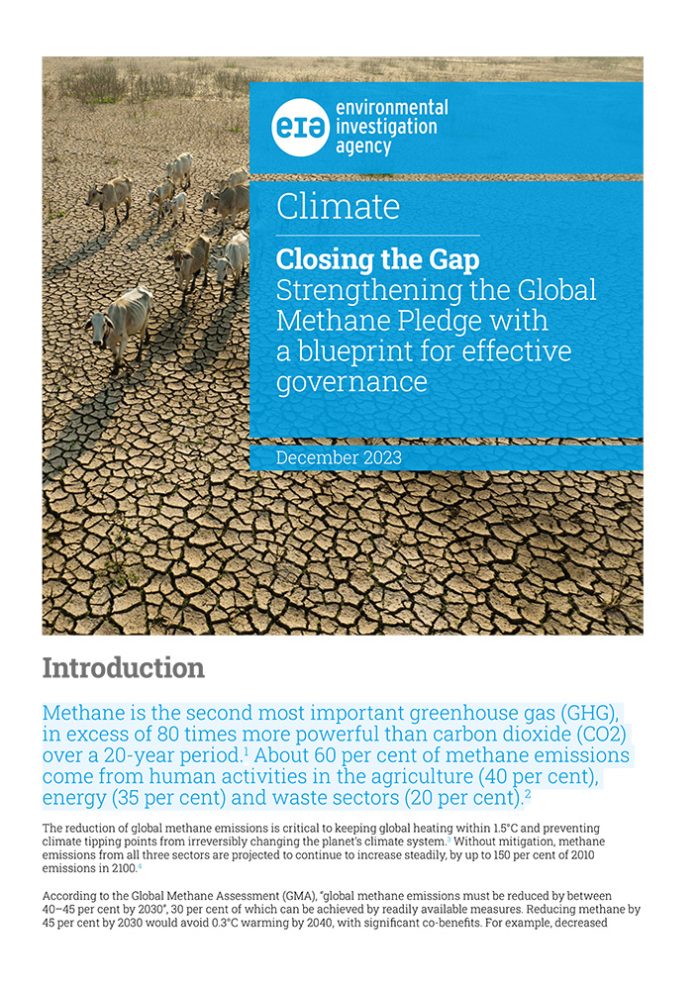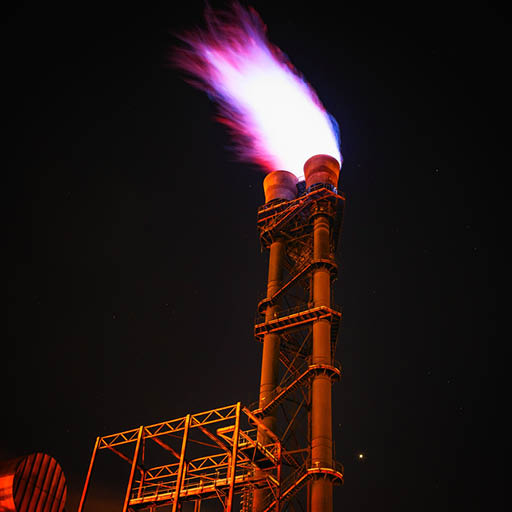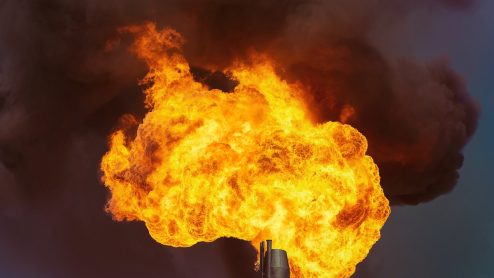New EIA analysis reveals that gaps in the Global Methane Pledge are threatening its success
Two years after its launch by the United States and the European Union, the success of the high-profile Global Methane Pledge hangs in the balance due to the lack of robust oversight, new EIA analysis reveals.
Methane is the world’s second most damaging greenhouse gas – more than 80 times the potency of carbon dioxide over a 20-year period – and is responsible for approximately one-third of the global warming experienced to date.
The Global Methane Pledge was conceived to urgently address this potent greenhouse gas, setting out a collective commitment to reduce global human-driven methane emissions by 30 per cent by 2030.
 But the new EIA report Closing the Gap – Strengthening the Global Methane Pledge with a blueprint for effective governance reveals that it is currently unable to deliver due to inadequate funding and shortcomings in its governance framework.
But the new EIA report Closing the Gap – Strengthening the Global Methane Pledge with a blueprint for effective governance reveals that it is currently unable to deliver due to inadequate funding and shortcomings in its governance framework.
According to EIA, the success of the pledge relies on three key pillars: monitoring, reporting and verification; mitigation including concrete targets; and financial and technical assistance and capacity-building.
EIA Climate Campaigner Kim O’Dowd said: “The Global Methane Pledge is currently not delivering on any of these three pillars because it lacks an adequate and coherent governance framework.
“Methane levels in the atmosphere have continued to rise at unprecedented rates through 2022 and are now more than 2.5 times their pre-industrial levels – but despite this, the funding available for methane mitigation measures represents less than two per cent of all finance made available to combat climate change.”
In April this year, the US Government announced the ‘methane finance sprint’, which called on countries to jointly raise at least $200 million in new public and philanthropic support to aid developing countries before the UN’s CoP28 climate summit, which opens in Dubai from Thursday (30 November).
“This was good news,” said O’Dowd. “We urgently need more financial support because out of the 150 signatories of the Pledge, 108 are either in the group of least-developed countries or are low and middle-income countries.

Methane flaring
“But we don’t just need more money – we need financial assistance to be properly structured in the first place. Currently, the Pledge’s funding is project-based and unpredictable, restricting countries to addressing only specific aspects of methane emissions and this approach is resulting in critical gaps in their efforts.
“The challenge lies in securing stable and predictable funding streams that would allow nations to invest in essential human resources and infrastructure.”
To address these limitations, Closing the Gap calls on countries to develop a dedicated fund – with a transparent allocation procedure, clear criteria and guidelines – to ensure money is disbursed in a timely and reliable manner in the run up to 2030.
The report further urges that, in parallel, monitoring, reporting and verification of emissions and mitigation initiatives should be systemised. In particular, governments should be required to adopt national methane action plans, setting out clear targets, policies and measures to transpose the GMP’s collective commitment.
O’Dowd added: ‘’For the sake of future generations, we can’t allow the Pledge to fail – it’s a key tool in the pushback against runaway climate change.
“But for it to work successfully, it needs to be strengthened through the development of a robust global governance framework which incorporates clear national targets and mitigation measures, a comprehensive system of monitoring, reporting and verification and a dedicated financial mechanism.”



